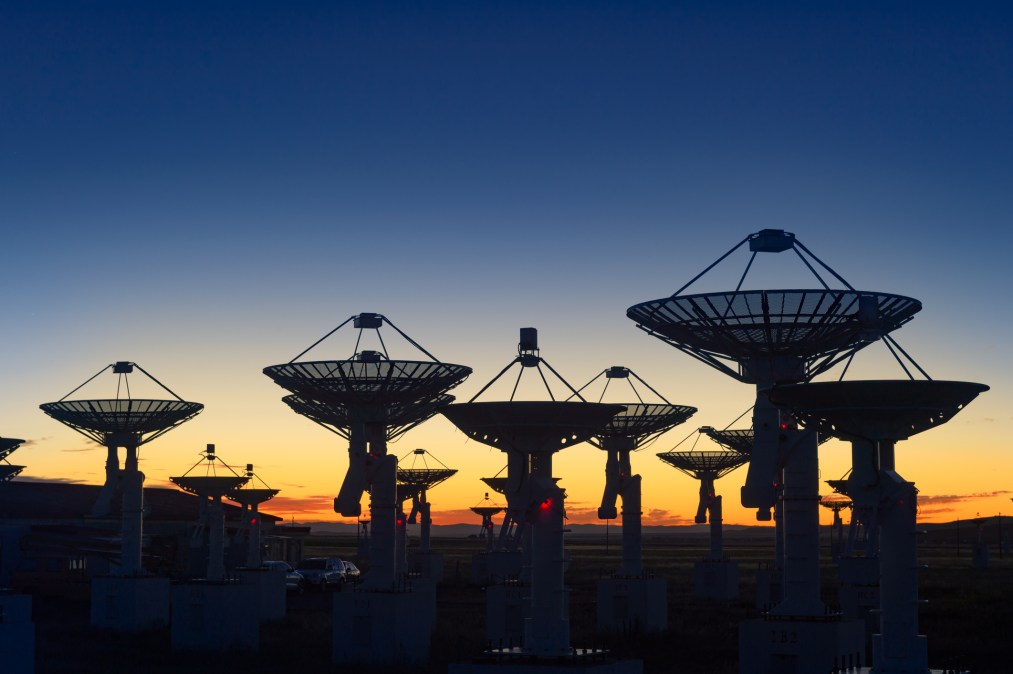
The Space Force is pursuing a hybrid, multi-cloud approach as part of its efforts to modernize and streamline its ground-based satellite command-and-control systems, a top Space Force IT leader said Wednesday.
The Enterprise Ground Services (EGS) program is the Space Force’s plan to integrate previously stovepiped satellite ground control systems — along with any new satellites entering the service in the future — into a cloud-based command-and-control (C2) suite of services for the Space Force enterprise.
While it is currently operating a hybrid cloud solution, the program has plans to evolve its cloud-based architecture into a hybrid, multi-cloud solution that can accommodate multiple mission partners and greater agility, Brian DeLong, chief technology officer for EGS, said during a virtual event hosted by Federal News Network.
“From a multi-cloud perspective — how do we get more than one government community cloud under our belt so that we can make the right choices to put the right workloads in the right locations with the right connectivity to go after that?” DeLong said.
In its fiscal 2024 budget request to Congress, the Space Force is asking for $155.8 million for Enterprise Ground Services in research and development dollars — $32.6 million more than enacted by lawmakers the previous fiscal year. According to budget justification documents, part of the funding would be directed to the maturation of a “hybrid multi-cloud architecture comprised of on-premise and cloud-based integration and test capabilities at the EGS Canopy lab and operational locations such as Buckley Space Force Base (BSFB), Schriever Space Force Base (SSFB), and multiple cloud environments.”
In the future, EGS plans to support the integration of a number of new missions, such as missile warning and missile defense; MILSATCOM; positioning, navigation and timing, and more, budget documents note.
As it expands and develops a multi-cloud architecture, the Enterprise Ground Services program is also working on workload mobility capabilities that allow satellite C2 operators to move and migrate data between the various cloud environments in the suite, DeLong said. Given how unpredictable the warfighting domain can be, the ability to pivot workloads between different clouds is crucial, he explained.
“So even though we made the right hosting choice at that time, very quickly that hosting choice may pivot or may change — whether it’s risk posture, whether it’s pricing, whether it’s classification upgrade, a declassification, those types of things across the board,” DeLong said.
And while a multi-cloud approach will allow the Space Force to utilize clouds with different capabilities and classification levels, DeLong emphasized that it also gives the service added security as clouds grow susceptible to adversary attacks.
“What do we do if that capability is trying to be denied? It’s not that the things won’t come back, but it’s our assurance that we have access to the capability when we need it is key,” he said.






